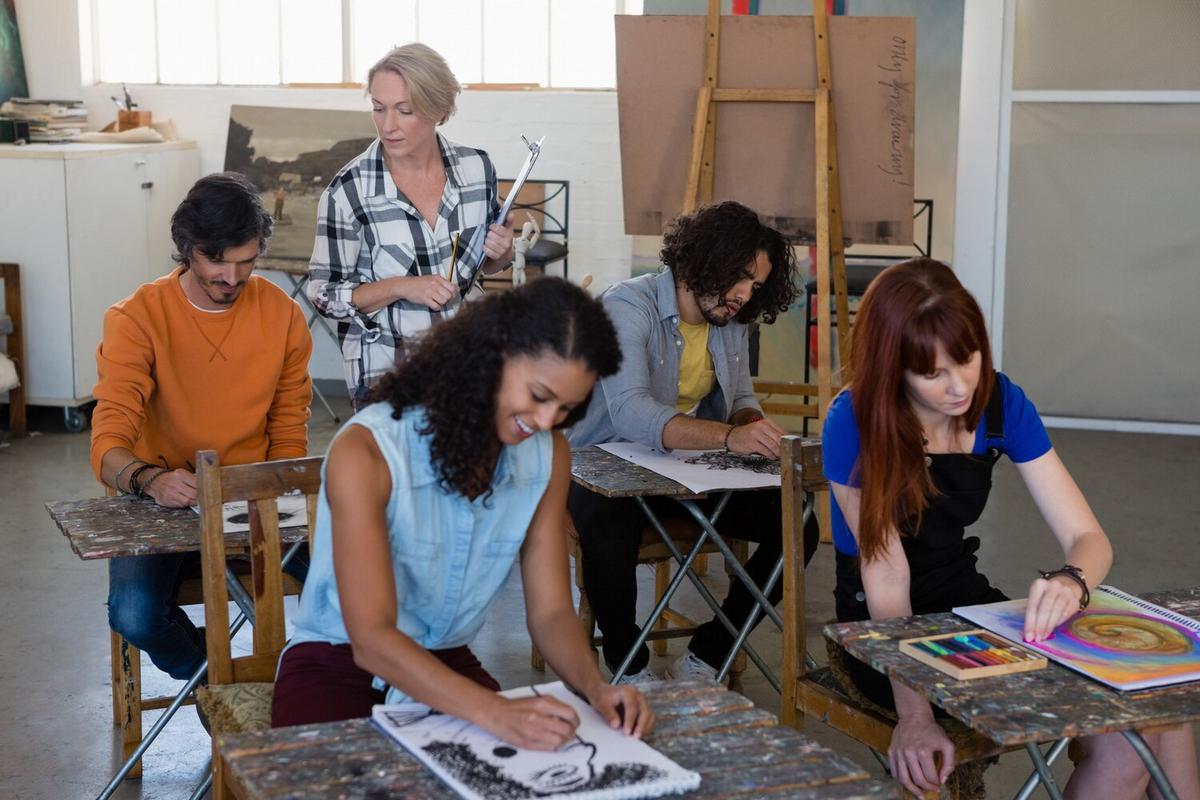Project-Based Learning (PBL) has emerged as a dynamic approach to education, emphasizing hands-on experiences and real-world application of knowledge. By engaging students in meaningful projects, PBL equips them with the skills necessary to tackle the challenges of the modern world.
Project-Based Learning is more than just a teaching method; it’s a pathway to deeper understanding and a bridge to real-world skills. Through PBL, students are encouraged to explore, question, and create, which fosters critical thinking and innovation.
Why Project-Based Learning?
PBL transforms traditional classrooms into vibrant learning environments where students take charge of their own education. According to a study published in the Journal of Educational Psychology, students engaged in PBL have shown improved problem-solving skills and higher retention rates compared to those in traditional learning settings.
The Power of Real-World Application
One of the most compelling aspects of PBL is its focus on real-world applications. For instance, students in a high school environmental science class might tackle a project on reducing local pollution. By working on real issues, they not only learn about environmental science but also develop collaboration and communication skills.
Expert Insights
John Larmer, editor at PBLWorks, notes that “Project-Based Learning prepares students for the future by teaching them how to learn, adapt, and solve problems independently.”
Key Components of Effective PBL
| Component | Description |
|---|---|
| Real-World Context | Projects should relate to real-world challenges or questions. |
| Inquiry and Innovation | Encourages students to ask questions and think creatively. |
| Student Voice and Choice | Allows students to make choices about the project and how they work. |
| Reflection | Encourages students to reflect on what they are learning and how they are learning it. |
| Critique and Revision | Involves feedback and opportunities for students to improve their work. |
| Public Product | Students create a product that is shared with an audience beyond the classroom. |
| Collaboration | Students work together, learning how to communicate and cooperate effectively. |
| Assessment | Incorporates both formative and summative assessments. |
Actionable Tips for Implementing PBL
- Start with a driving question that sparks curiosity and engagement.
- Incorporate student interests to increase motivation and ownership.
- Use a variety of assessment methods to gauge student progress and understanding.
Consider using community resources and experts to enhance the authenticity of projects. Local businesses and organizations can provide invaluable insights and support.
Frequently Asked Questions
How does PBL differ from traditional learning?
PBL emphasizes active, student-driven learning through projects, while traditional learning often focuses on passive absorption of information.
Can PBL be applied in all subjects?
Yes, PBL is versatile and can be adapted to fit different subjects and educational levels, from science to humanities.
What resources are needed to start PBL?
Resources can vary, but generally include access to information, materials for projects, and a supportive learning environment.
Conclusion
Project-Based Learning is a transformative approach that prepares students for the complexities of the real world. By engaging in projects that matter, students develop essential skills that extend beyond the classroom. Educators looking to implement PBL should focus on creating meaningful, authentic projects that challenge and inspire students. As we continue to seek educational strategies that align with the demands of the 21st century, PBL stands out as an effective and engaging method to prepare students for future success. For more information on implementing PBL in your classroom, visit Edutopia.




Leave a Reply